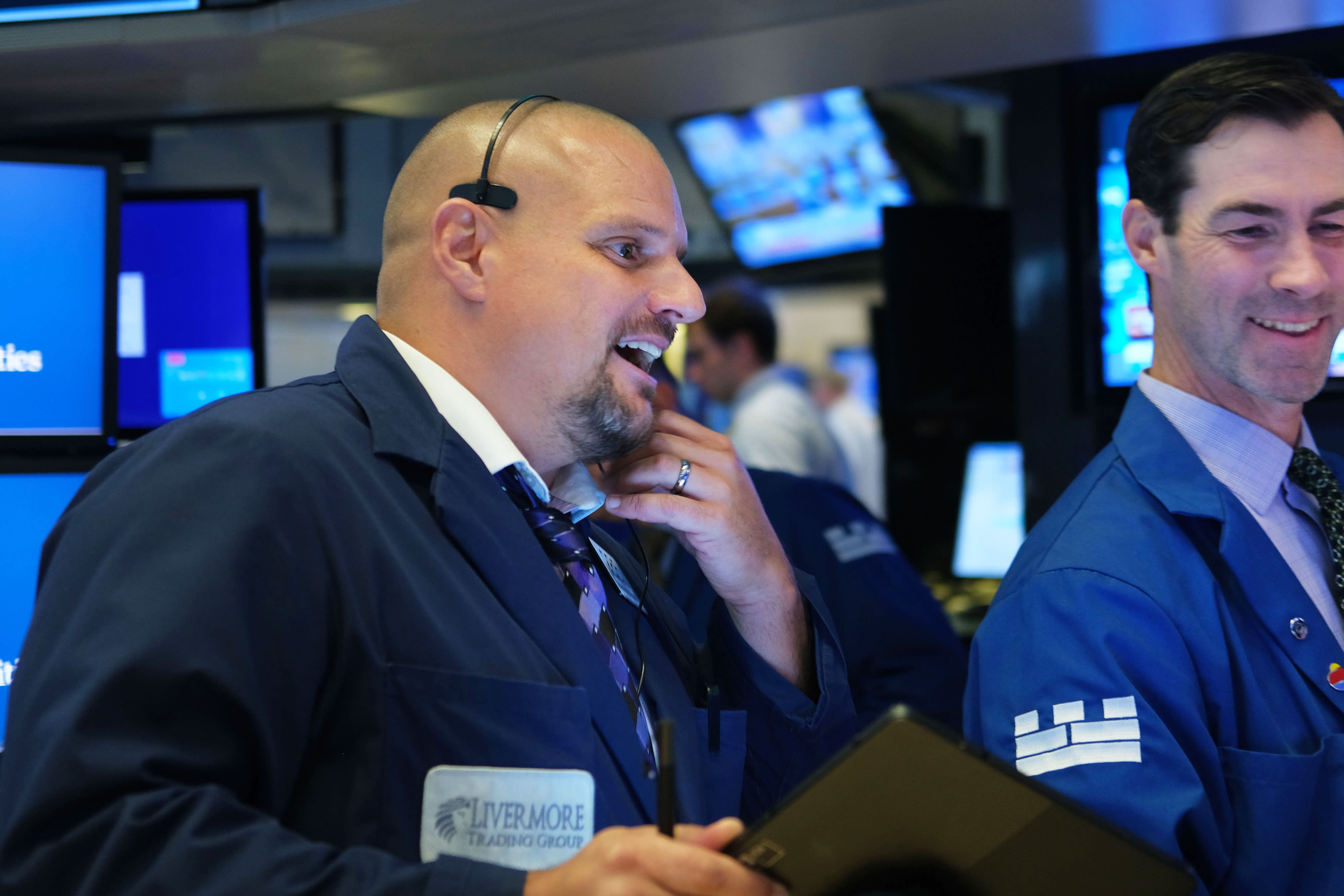Traders work on the floor of the New York Stock Exchange (NYSE) on July 10, 2019.
Spencer Platt | Getty Images
After a record-breaking 2019, Wall Street generally expects much more modest gains for stocks next year. But for investors looking for ways to beat the market, Goldman Sachs has a portfolio that it expects to triple the market’s return in 2020.
The bank is recommending clients stocks with high Sharpe ratios, a measure of a stock’s performance relative to its volatility. Stocks in its 50-name high Sharpe ratio basket are forecast by the firm’s analysts to generate a median 17% return over the next 12 months, about three times the firm’s S&P 500 forecast of 6%.
“Our high Sharpe Ratio basket typically has a value tilt and often contains some constituents that have experienced substantial price declines and have high upside to consensus price targets,” David Kostin, Goldman’s chief U.S. equity strategist, said in a note on Friday.
Goldman uses consensus 12-month price targets and options six-month implied volatility to measure Sharpe ratios. The portfolio has a track record of beating the market, Goldman said. It has outpaced the S&P 500’s return by 5.7 percentage points on average during the last 20 years, and it outperformed the market by 4 percentage points this year, returning 32%.
The S&P 500 is up more than 28% this year, about 1 percentage point away from 2013′s gain of 29.6%. The easing trade tensions between the U.S. and China and receding recession fears have led to a rush into equities at the year-end. For 2020, Wall Street analysts are mostly seeing smaller gains with an average target of 3,330, which represents a gain of about 4% from here, according to the CNBC Market Strategist Survey.
Energy and real estate sectors will deliver the most upside next year — 21% and 9% returns respectively — after their underperformance in 2019, Goldman said. Stocks in Goldman’s high Sharpe ratio basket include Netflix, T-Mobile, Coca-Cola, Citigroup, Visa and VeriSign.
